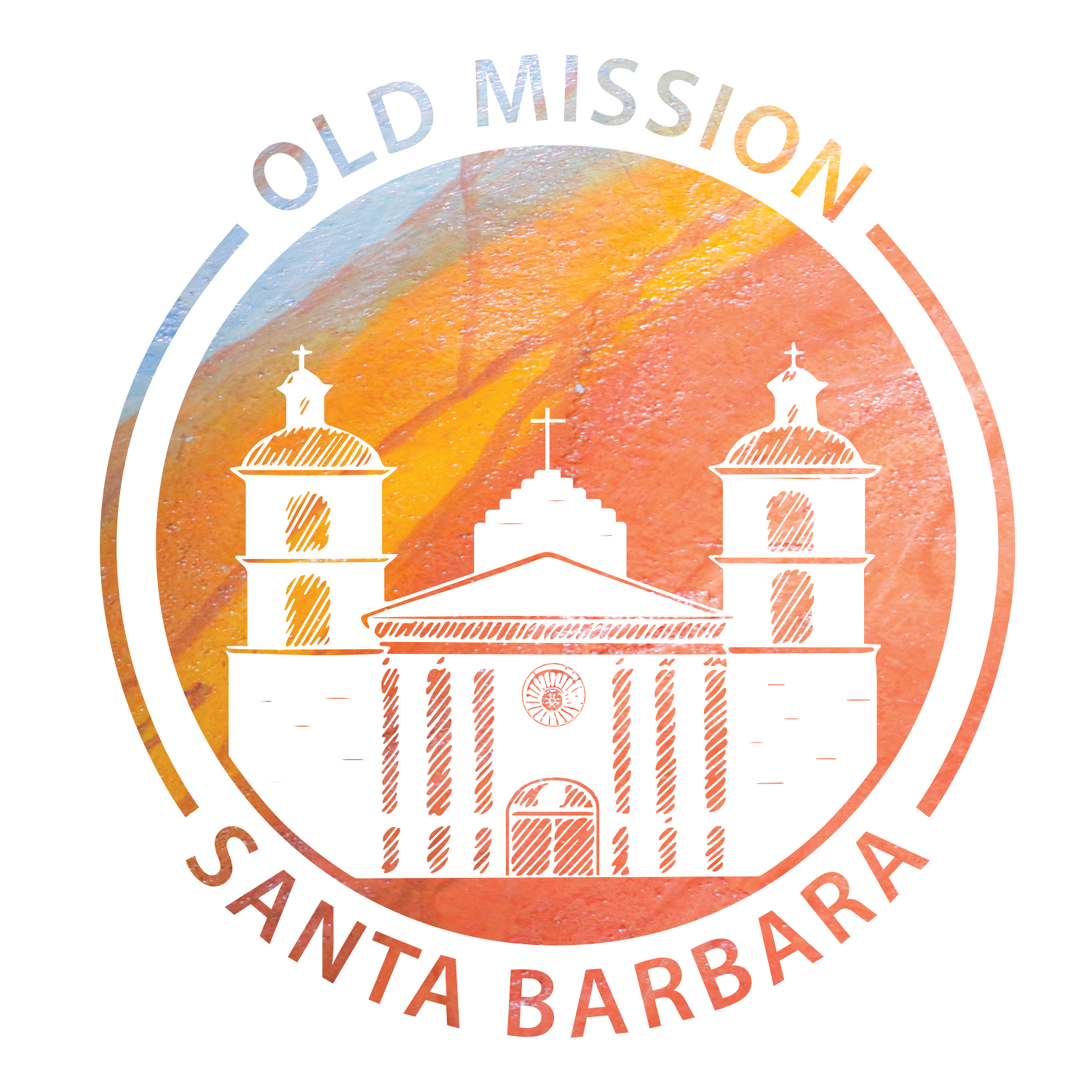Old Mission Santa Barbara Tour:
“The Inside Story”
The Sacred Garden
Additional Audio Stops:
As you enter the Mission you enter the convento, or Mission convent. During the Mission era only one or two Friars were in residence at each Mission, while the community of baptized Native peoples could number several hundred or even thousands. This convento still serves as the home of the Franciscan Friars living at Old Mission Santa Barbara. While friars today continue to live together as a community in convent style of housing, they are very much active in the local community through various ministries. Reaching beyond the Mission, some of the friars work in education or medicine, others serve as parish priests, while others participate in reconciliation and social justice movements. Above all, friars and all Franciscan-hearted people strive to serve the common good through a lens of peacemaking, humility, and generosity.
As you exit the Sala of the convento, you enter into the area of the oldest quadrangle or open space at the Mission. A quadrangle was an architectural feature in Spain which made its way to the Americas during the colonial period. This area is bordered by the wall of three buildings dating from the late 18th and early 19th centuries. The fourth wall dates from the late or early 20th century.
Missions are centers of evangelization and education and during the Mission period this area served as a gathering space for a variety of educational and work activities. There is some archaeological evidence that some cooking also took place in this space. New trades such as the carding and spinning wool, and weaving cloth were taught here. Each morning the baptized Chumash living at the Mission would meet here and be given their daily assignment by the Mayordomo or head administrator who managed the industries associated with the Mission. The mayordomo was often a retired soldier or Native person chosen by the Friars.
After the end of the Mission period in the 1830s, the Mission was primarily a residence for Friars. The use of this open space changed over time and eventually served primarily as a garden. In the mid-19th century, the garden was planned with a geometric design that was influenced by European gardens. This quadrangle has also had many names, but it was in the mid-20th century when it became known as the “Sacred Garden.” The Garden continues to reflect the beauty of creation and serves as a space of hospitality and tranquility for all who visit.
Care for the nature is another important part of the Franciscan tradition. St. Francis of Assisi, the founder of the Franciscan movement, wrote a prayer at the end of his life in which he emphasized the connection between humans and nature. In The Canticle of the Creatures, St. Francis refers to elements of nature as brothers or sisters to illustrate this connection. At Mission Santa Barbara, we strive to daily honor and care for all of creation—people and the environment.
In 2010 the 2 outer walls of the convent were showing signs of serious decline and ultimately required 1.2 million dollars of repair. Half the funding for this work came from a matching Save America’s Treasures Federal grant program. The remaining half was provided through gifts from private donors and local foundations. The maintenance of these historic structures, gardens, and art collections is continuous and costly. While Mission Santa Barbara is mainly self-supporting through the income from the museum tours and gift shop sales, additional support from all who value these historic buildings and collections is essential so that we can continue to be good stewards and continue to offer a place for our communities to gather.
Ahead on the tour route are the entrances to the Lone Woman exhibit room, the Mission museum, and the Mission church.

